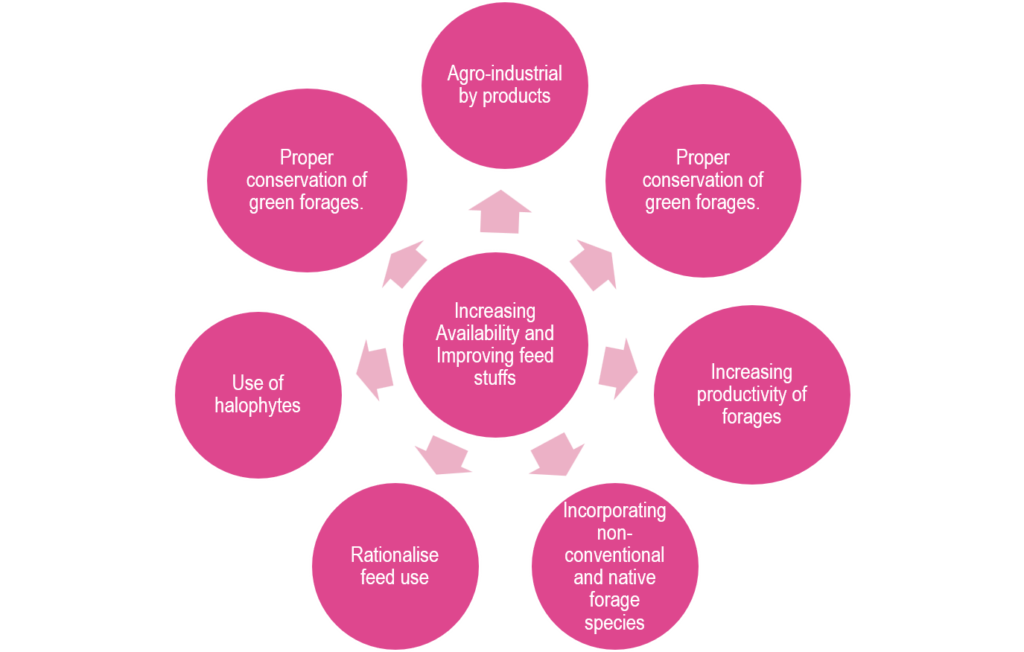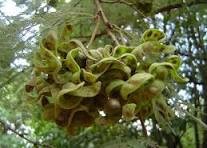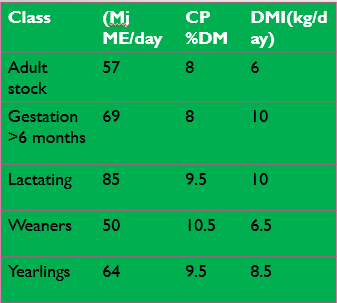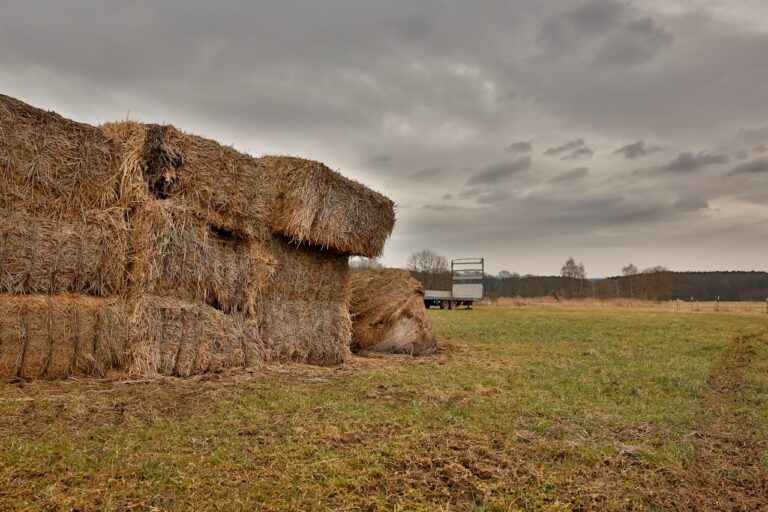Dry season feeding strategies, forage and fodder conservation
By Dr Jacob Gusha
Introduction
- Feed availability
- Seasonal fluctuation
- Drought induced shortages and poor quality
Efforts for Increasing Availability and Improving Feed Stuffs
- Through science, there are a number of way and strategies that can be used to increase the availability of feed stuff for dairy farmers.
- Different feed stuffs are improved in terms of quality so as to meet the nutrient demand of different classes of dairy animals.
- The following are some of the strategies that are used:
- Crop residues and agro-industrial by products
- Increasing productivity of forages
- Proper conservation of green forages
- Improving cereal productivity
- Use of halophytes
- Rationalize feed use
- Incorporating non-conventional and native forage species in the dairy feed stuffs and equation.
Strategies for increase fodder and feed availability

Crop residues and agro-industrial by products
- The use of crop residues and industrial by-products reduce the cost of feed. Any cent saved is important in dairy farming.
- Agro-industrial by products are mostly derived from agricultural processing industries such as cereal grain milling, oilseed extraction, brewery, malt production, fruit and vegetable processing.
- These represent a vast potential source of animal feed, which are currently not fully exploited.
- Waste from the agro-food industry excluding by-products which meet national and international requirements and standards for human or animal consumption.
- Crop residues are an example of AIBP which can be used to lower the cost of feed.
- Agro-industrial by- products have several advantages, such as: relatively cheap or no cost, feed shortage during periods of scarcity and uneven distribution, and they do not compete for human food resources.
- In addition to this, as it can be observed in the table, they have comparable values to the crop they are derived. Several studies have confirmed that AIBPS can be safely used as animal feed, without compromising animal product safety and animal and human welfare.
- Maize bran, Wheat bran, oilseed cakes, Citrus pulp, Citrus molasses, Dried whey, Tomato pulp, Spent grains, and Leftovers from canning industries are good examples of aro-industrial by-products.
- Some agro-industrial by products have very low nutritional value. Examples of such by products are crop residues like citrus pulps and cereal stover and straws.
- The nutritive value of such by products can be nutritionally improved through ammonification with urea. We also have biological, chemical and physical processing which can be done to improve the quality of some by products.


Crop residues and agro-industrial by products
- Hay is produced through air drying green fodder or grass.
- Unfortunately, most farmers in Zimbabwe produce hay during the April period and it will be of very poor quality.
- Farmers should have drying shade and make hay during the rainy season by drying the grasses and other fodder under shade.
- Hay that is produced during the rainy season is difficult to dry but will be of good quality with above 7 % crude protein content.
- Hay will be used during the dry season.
- Hay produced from pasture reinforced with forage legume tends to be better quality than hay produced in monoculture pasture or rangeland.
Non-conventional protein supplements
- To succeed in livestock farming, all farmers must somehow formulate their feeds.
- Farmers should identify local resources they can use in diet formulation.
- The use of non-conventional feed resources is gaining popularity the world over.
- Several plants that grow naturally in the rangelands can be used as sources of nutrients.
- For this training, we will list some of the popularly used protein sources and grass that can be grown in fodder banks for dairy feeding.
- Examples of non-conventional protein sources are:
o Siratro meal
o Leucaena meal
o Dichrostachys meal
o Pilliostigma thoningii meal
o Acacia meal
o All other feed stuff not yet commercially used.






Non-conventional protein supplements
- Supplementary feeding refers to the supply of additional nutrient supplying feeds during certain periods of the year when certain nutrients are in short supply.
- It does not necessary mean replacing rangelands or veld provisions. Supplementary feeding leads to an increase in calving rate.
- It also leads to production of better calves which means better weaners and heavier productive animals at last.
- Cows offered supplementary feeding calve every year and heifers calve earlier than 36 months and the calving interval period is reduced.
- Also, supplementary feeding prevents losses during cold spells experienced in some areas of Zimbabwe in October and it prevents losses from poverty deaths later on in the year.
- With proper supplementary feeding, more beef is produced with the same number of livestock unit
Energy and protein requirement for cattle

- Ruminants can maintain themselves on a dry roughage only, provided the ruminal flora remain vigorous and healthy.
- In summer the feed ingredients required by the organisms are supplied in abundance by the green grass
- But during winter when ruminants is more dependent on the ruminal flora to digest the dry grass, the micro organisms suffer as a result insufficient minerals being available of which phosphate is the most essential
- A shortage of trace elements in the winter will also adversely affect the health of the organisms.
- It follows that the ruminant needs small quantities of good feed containing, amongst others, the aforementioned elements, to be made available to the bacteria in order to keep their numbers up to full strength and make them healthy and vigorous to perform efficiently.
- In return they will supply the ruminant with the required nourishment even from the dry winter grazing.
- The principal objective of any supplementary feeding should be to feed the ruminal flora thorough the ruminant’s mouth and if the organisms are properly maintained, they in turn, will feed their host through the transformation of cellulose into sugars and starches while also supplying vitamins and nitrogen.
- This is the most economic way of rearing ruminants.
Where to feed
- To apply the principles of supplementary feeding, we must have enough roughage available in the veld
- Roughage must always be available
How to feed
- Making the supplement available at all the time.
- The aim is not waste valuable grazing and animals should take in sufficient dry matter roughages on a dairy basis.
- Same time to avoid animals spending the day loitering around the feeding area.
- Call them with car hooter or by hitting a ploughshare hung in a tree
What to feed
- Liquid urea and molasses mixture
- Blocks
- Meals
- Cubes

How much feed should be given
- In calf 2 + 3 years old cows need a minimum degistible protein of about 250 grams per day
- Mature cows bearing consecutive calf 150 to 200g per day
- Yearling heifers need about 200 grams of digestible protein per day
- Weaners need about 100 gram per day
- In calf heifers may need about 400 grams of 50% cubes if supplementary feeding starts in May but if it is started latter 5 to 600 grams is required per day.
Supplementary in summers
- Use of meals
- Mineral supplements
- Micro and macro elements
